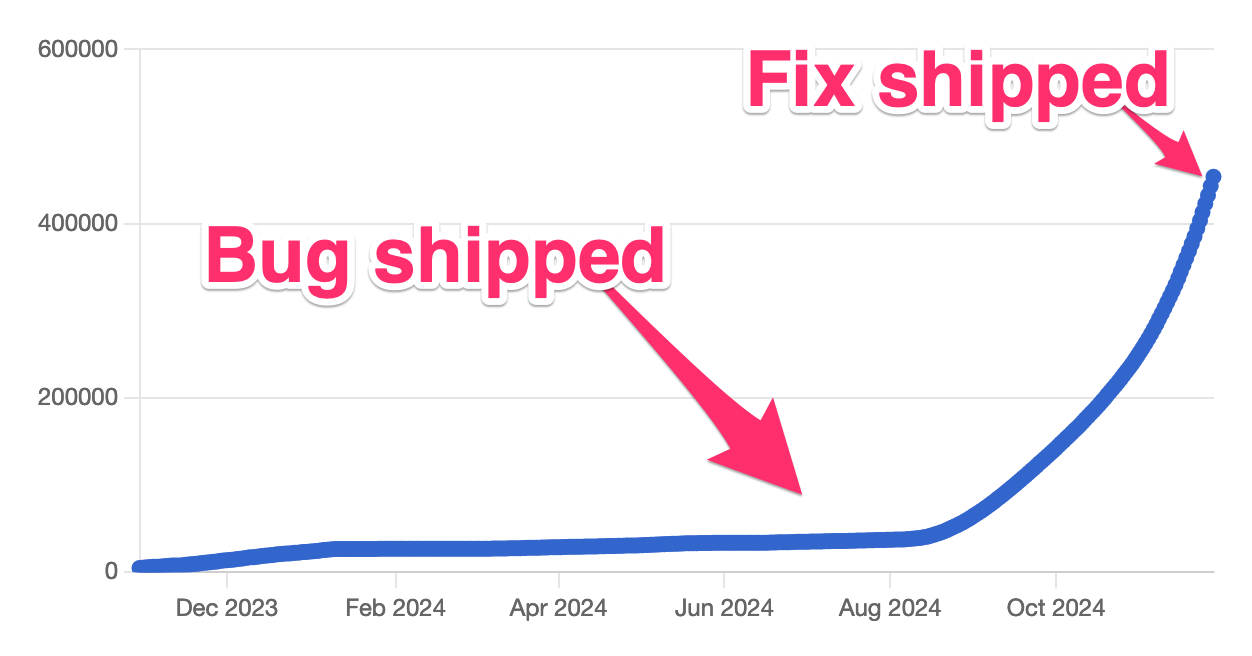Since October 31st 2023 I've been providing a work environment email service called 666a. On March 31st 2025 it's shutting down. Today I'm beginning the process of winding it down gently, and I wanted to post something explaining that process and why it's happening.
Immediate Changes
The following are effective right now. They've already happened, in fact.
- The SendGrid account is downgraded to the free tier.
- Sign ups are disabled on 666a.se.
- The translated Swedish legislation has been migrated to lagstiftning.codeberg.page. This part I'm particularly pleased with. I actually think it will be easier to maintain this resource in the long term in this new form.
With these changes in place, what's left on 666a.se is the code for delivering the email alerting service. Existing users are welcome to update their contact details or even request a full account deletion if they wish to.
February 1st 2025
At the start of Feburary, the SendGrid downgrade will kick in. This probably won't have any major effect on the reliability of the service as we're in the relatively quiet early months of the year. But if there's a busy day in February or March, some email alerts are going to fail to send.
March 31st 2025
The idea is to keep the alerts running until the end of March so that you get pretty much an entire quarter of the year of notice before they stop coming. I've seen paid services close down and disappear faster than this and it feels sufficient. March 31st is the final day, and here's how it's going to go down.
- Delete the rolling database backups I keep on my home server's external USB.
- Run
shutdown:anonymizeon my only remaining copy of the data to clean out the personally identifiable information from it and make it privately archivable for myself. - Scale down the Fly cluster to 0 instances and delete the storage volume. At this point the service will become unrecoverable.
- Point the domain name at a static host containing a short explanatory notice and 301 redirects for all the translated Swedish legislation URLs.
After that I'll probably leave the domain up to serve the redirects for a year or two. I think people mostly share links to employment law with each other for very situational reasons so the harm of breaking those links two or three years later is going to be close to zero. Nice that the content's new home is a free subdomain which will hopefully outlast the maximum lifespan of a domain name funded by an individual person.
Why It's Happening
It costs money to run a service like this, and money's a little tighter here this year. I've been looking through my recurring monthly expenses for things to cut and 666a sticks out because at around 300kr per month it's one of the larger ones.
It also takes time to run a service like this, and I'm feeling a little poorer on that front this year too. In June last year it randomly broke due to an update to the HTML on av.se. Who knows what they'll ship this year that might break it again, or how long it'll take to fix next time, or what I might already be busy doing when it happens.
Been a lot of fun building and operating this, even though Arbetsmiljöverket should definitely just be delivering it themselves directly on av.se. I've ended up effectively having my own personal copy of their diarium database as a result of running this for the past year or so and there's probably some interesting and/or entertaining stuff in that dataset which I'll hopefully have time to dig out over the next couple of months. It'd be cool to mark the final shutdown date with a bit of that.
